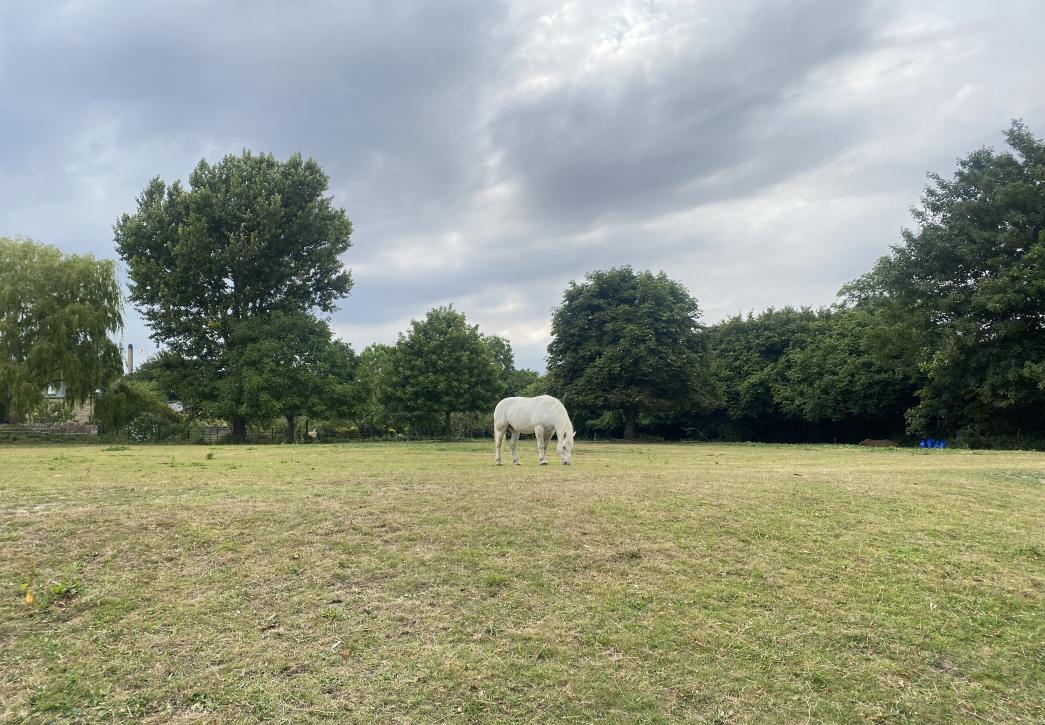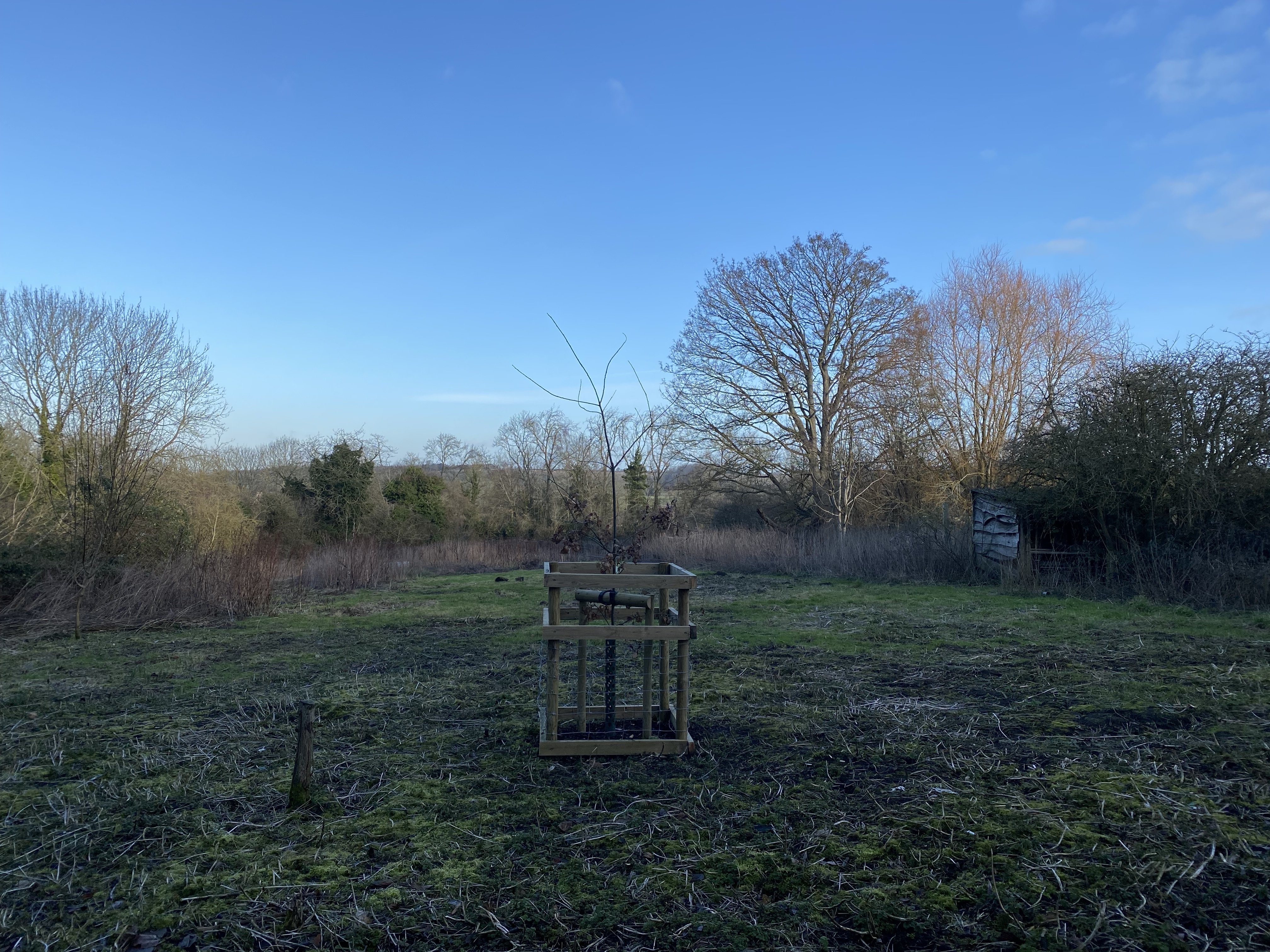
Headington
Headington lies to the east of Oxford towards Barton and the Northern By-pass, past St Clements and Marston. The medieval village within the area, now called Old Headington, still survives. This part of the ringroad, built in the mid 1930s, cuts through the area, separating it from Barton. Its most famous landmark today is perhaps the Headington shark, built in 1986 by John Buckley.
OPT owns two areas of green space in Old Headington, both close to each other and to the by-pass.
Barton Triangle
Barton Triangle was purchased by OPT in 1950 to save it from being purchased and developed from housing. The field is an important part of maintaining the rural character of Old Headington Village.
Barton Triangle is grazed by horses and is not accessible to the public.
Larkins Lane Field
Larkins Lane was purchased in 2022 in celebration of the Queen's Platinum Jubilee through a fundraising campaign. The field is an interesting mix of grassland, woodland, and scrub. It contains a small spring-fed stream. We have been working on restoring this area of valley fen. Over time, wetland plants will establish and lock in carbon which is a nature-based solution towards tackling climate change. We have a small, but growing, group of volunteers who have been helping us on a monthly basis. Sir Philip Pullman planted a tree at Larkins Lane field to celebrate the Queen's Platinum Jubilee in November 2022.
Larkins Lane Field is open to the public, and we are working to improve access.
Forest Hill
Forest Hill was given to OPT by Miss BE Negus in 1937 in order to preserve the rural character of Forest Hill. We manage the field as a permanent pasture.
Forest Hill is not open to the public.

